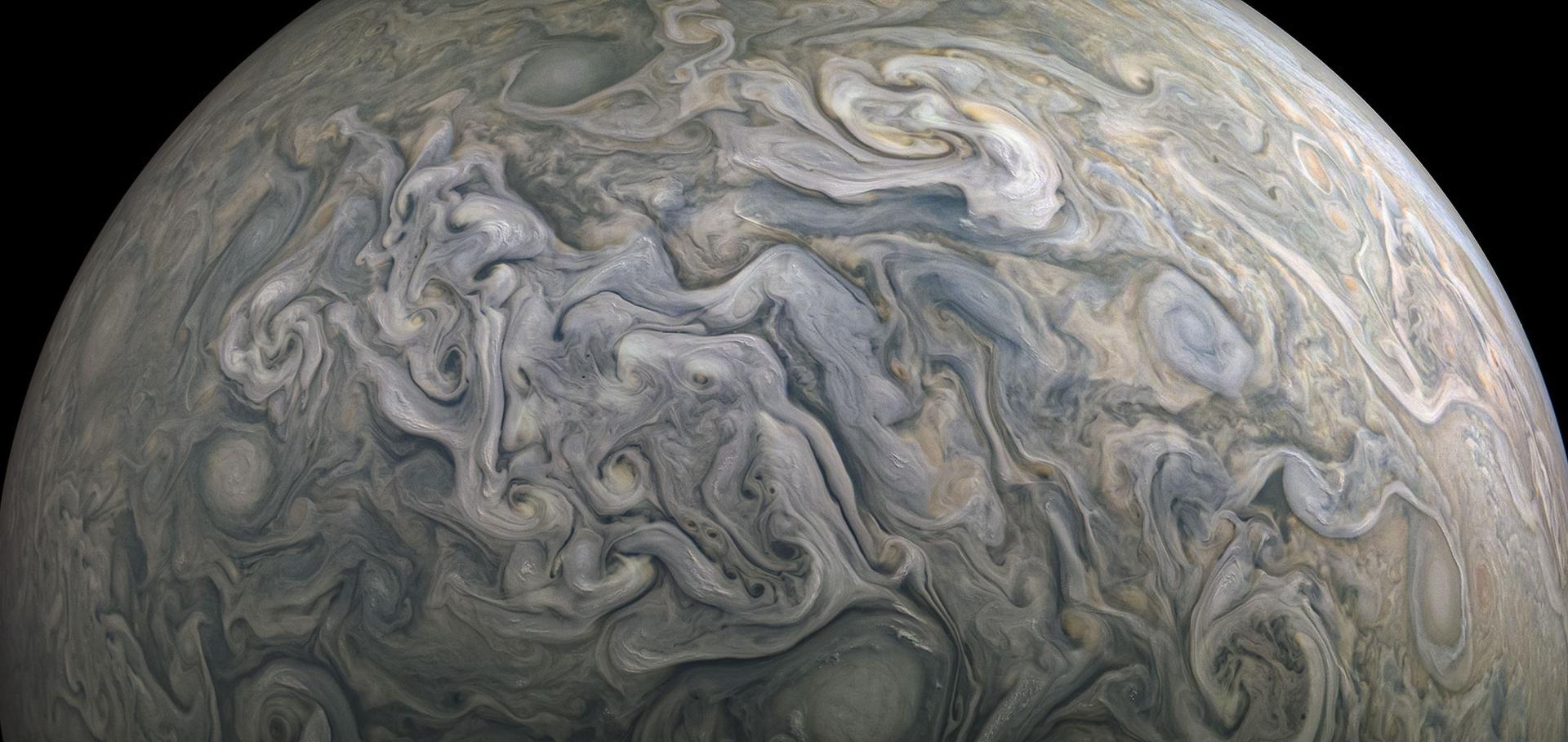Near-infrared transmission spectroscopy of HAT-P-18 b with NIRISS: Disentangling planetary and stellar features in the era of JWST
Monthly Notices of the Royal Astronomical Society Oxford University Press (OUP) 528:2 (2024) 3354-3377
The Near Infrared Imager and Slitless Spectrograph for the James Webb Space Telescope. III. Single Object Slitless Spectroscopy
Publications of the Astronomical Society of the Pacific IOP Publishing 135:1049 (2023) 075001
Crustal Controls on Seafloor Weathering and Climate Regulation
(2025)
Abstract:
Transmission spectroscopy of WASP-52 b with JWST NIRISS: Water and helium atmospheric absorption, alongside prominent star-spot crossings
Monthly Notices of the Royal Astronomical Society (2025) staf489
Transmission spectroscopy of WASP-52 b with JWST NIRISS: Water and helium atmospheric absorption, alongside prominent star-spot crossings
ArXiv 2412.17072 (2024)


